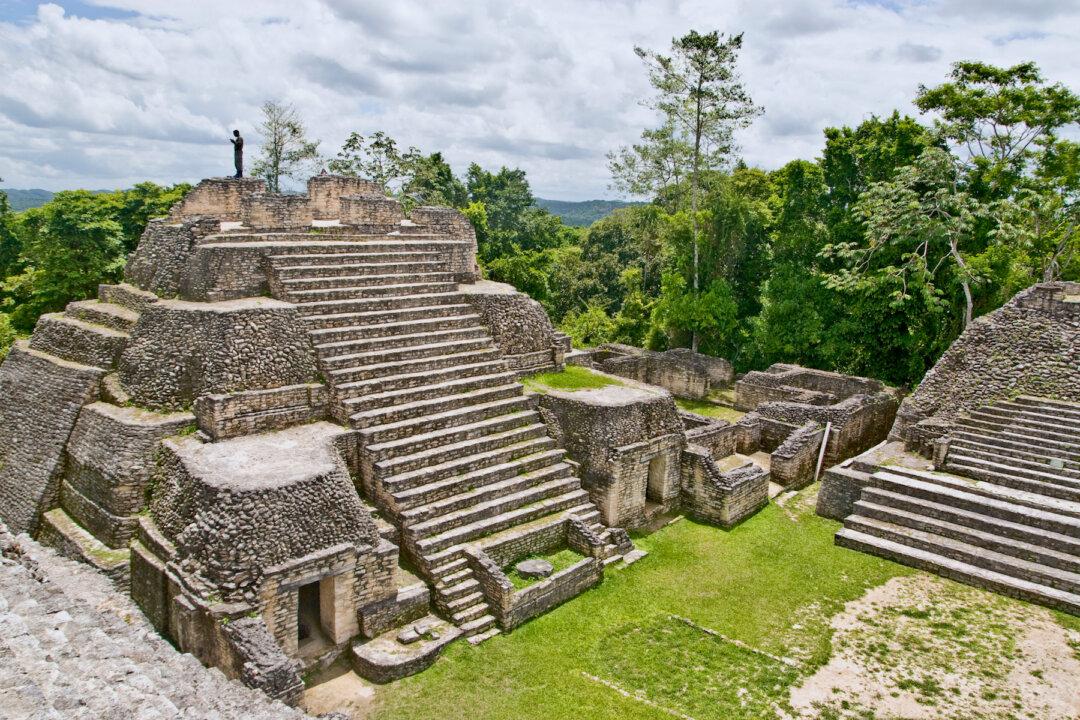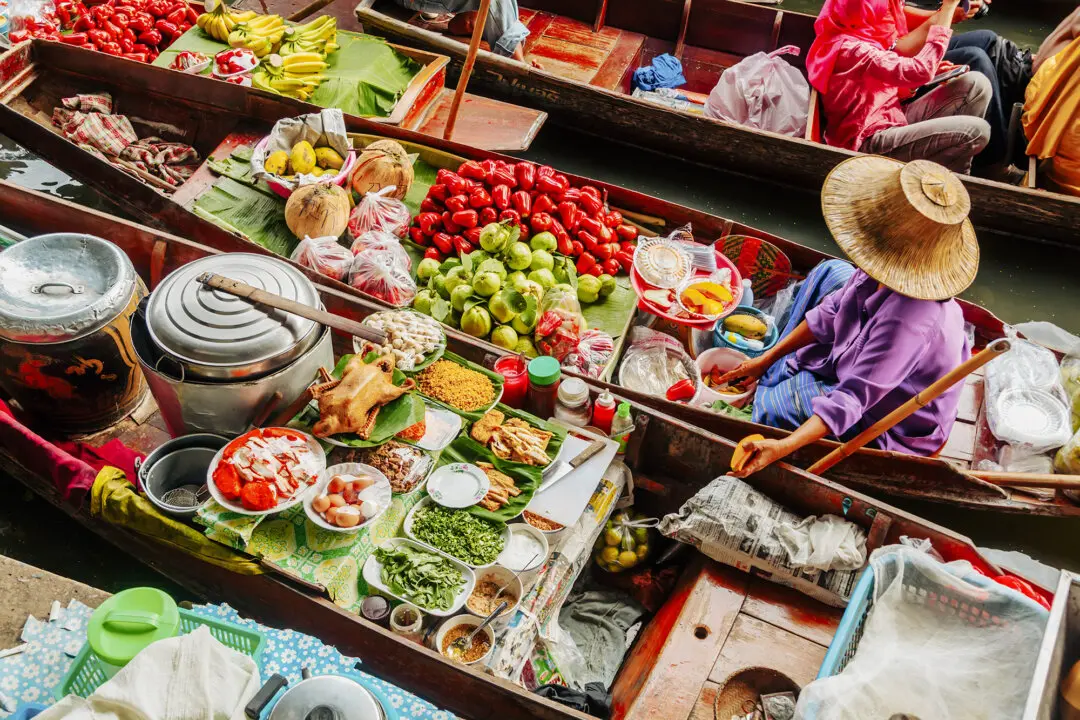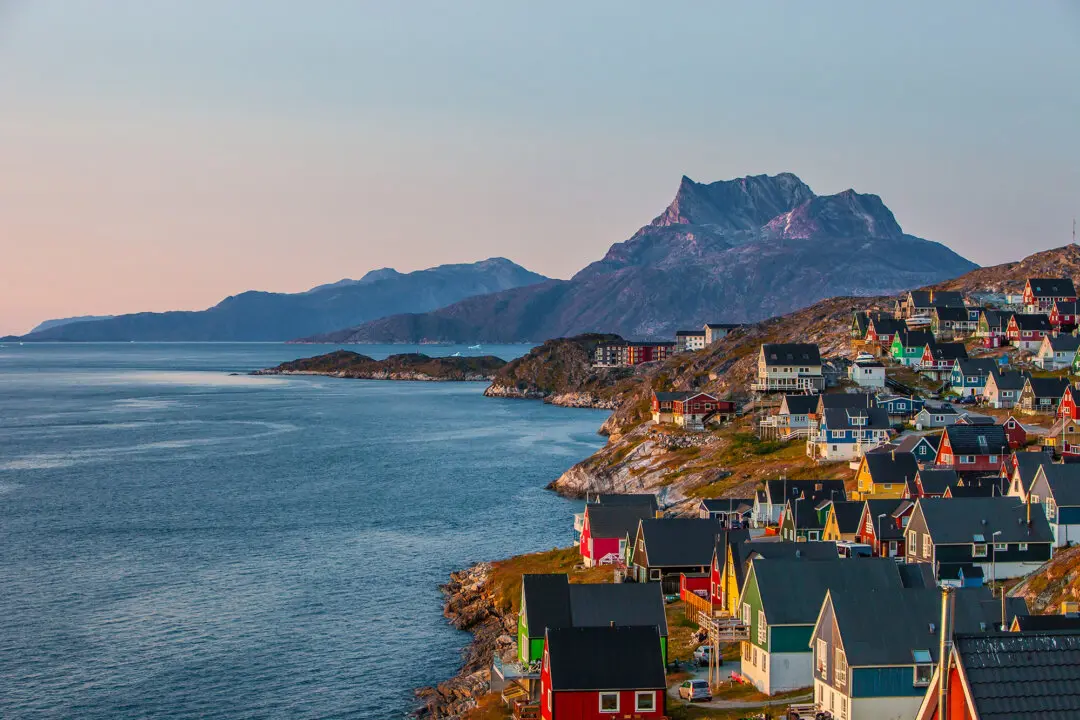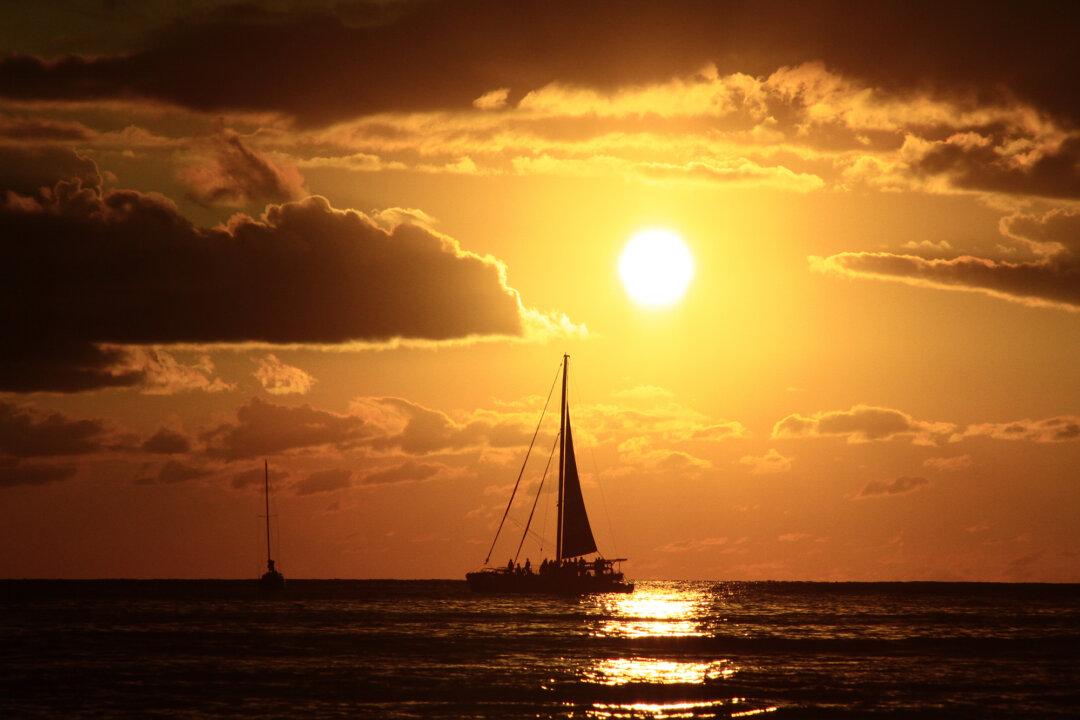The night was already warm, the heat of a Central American scorcher easing into a rather pleasant evening, gentle breezes sweeping away the humidity. But the fire was already stoked, the flames flicking, the coals ready to cook. Arriving under a little palapa, a thatch-roofed hut purpose-built into the larger bar area of the resort, I followed the smell of a campfire and found two sisters, busy and already well into their meal preparation.
Wearing traditional hand-embroidered clothing made by their aunt, they chattered back and forth, their rapid conversation punctuated by bursts of laughter, their feet and hands never stopping their perpetual motion. Clocking my arrival, they welcomed me to take a seat at the single table situated near the fire, explaining everything that was taking place amidst their whirlwind of activity.





